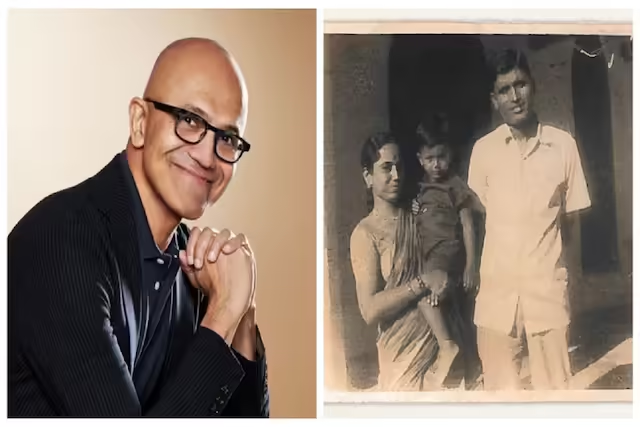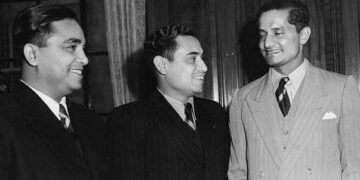Rani Lakshmibai (English: Rani Lakshmibai, born – November 19, 1835, Varanasi; death – June 17, 1858) was the queen of the Maratha-ruled Jhansi state and a heroine of the first Indian independence struggle of 1857. In India, the land of sacrifices, such heroes have been born, who wrote indelible stories of patriotism with their blood. The daughters of this place also never lagged behind anyone in this work, the name of one of them is – Rani Lakshmibai of Jhansi. She made the women of not only India but the world proud. His life itself is a unique saga of immortal patriotism and sacrifice, full of heroic qualities.
Rani Lakshmibai was the queen of Maratha-ruled Jhansi and the first leader of India’s freedom struggle. A huge effort was made in 1857 to free India from slavery. This effort is called India’s first freedom struggle in history or the Sepoy Freedom Struggle. The name of the brave queen Lakshmibai is considered supreme among the warriors who sacrificed their lives in the battle against the British. In 1857, he initiated India’s freedom struggle. With his bravery he had spoiled the teeth of the British. To face the power of the British, he re-organized the army and demonstrated his military skills by building a strong barricade.
Rani Lakshmibai was born on November 19, 1835 in Asighat, Varanasi, the holy and sacred area of Kashi. His father’s name was ‘Moropant Tambe’ and mother’s name was ‘Bhagirathi Bai’. Her childhood name was ‘Manikarnika’ but Manikarnika was fondly called ‘Manu’. Manu was only four-five years old when his mother died. Father Moropant Tambe was an ordinary Brahmin and servant of the last Peshwa Bajirao II. Mata Bhagirathi Bai was a polite, clever and beautiful woman. After her mother’s death, she came to Bithoor with her father. It was here that he learned wrestling, horse riding and weapons. Since there was no one at home to take care of Manu, her father Moropant used to take Manu with him to Bajirao’s court where the playful and beautiful Manu charmed everyone. Bajirao Manu was fondly called ‘Chhabili’.
At that time, the British ruled over a large area of India. They wanted to take over Jhansi. He thought it an appropriate opportunity. They thought that Rani Laxmibai was a woman and would not resist them. He refused to accept the queen’s adopted son as the heir to the kingdom and wrote a letter to the queen saying that since the king had no son, the British would now have control over Jhansi. Hearing this, the queen became angry and declared that she would not give up her Jhansi. The British were stunned. As a result the British attacked Jhansi. Rani also did the complete preparation for the war. Got cannons placed on the ramparts of the fort. The queen gave the gold and silver belongings of her palace to make cannon balls.
Mrityuni was in unbearable pain but her face was shining with divine light. He looked at his son once and then those bright eyes closed forever. It was the day of June 17, 1858, when this light of revolution became immortal. His funeral pyre was lit in the same hut which was lit by his son Damodar Rao. The queen’s mortal remains merged into the Panchmahabhutas and she became immortal forever. He died in Gwalior. Impressed by the bravery of Rani Lakshmibai, Hughes also had to say that – “She is the only man among the Indian revolutionaries.” The queen was the best and bravest among the military leaders of the rebel soldiers and her death broke the backbone of the rebellion in Central India.
The Queen of Jhansi, who was very angry that after the death of her husband in 1853 AD, Lord Dalhousie usurped her kingdom by applying the principle of confiscation. Therefore, when the Sepoy Mutiny started, she joined the rebels and bravely fought the British army under the leadership of Sir Hugh Rose. When the English army entered the fort, Lakshmibai left the fort and went to Kalpi and continued the war from there. When Kalpi was snatched away, Rani Lakshmibai attacked Shinde’s capital Gwalior with the help of Tatya Tope, who remained loyal to the company with his army.






